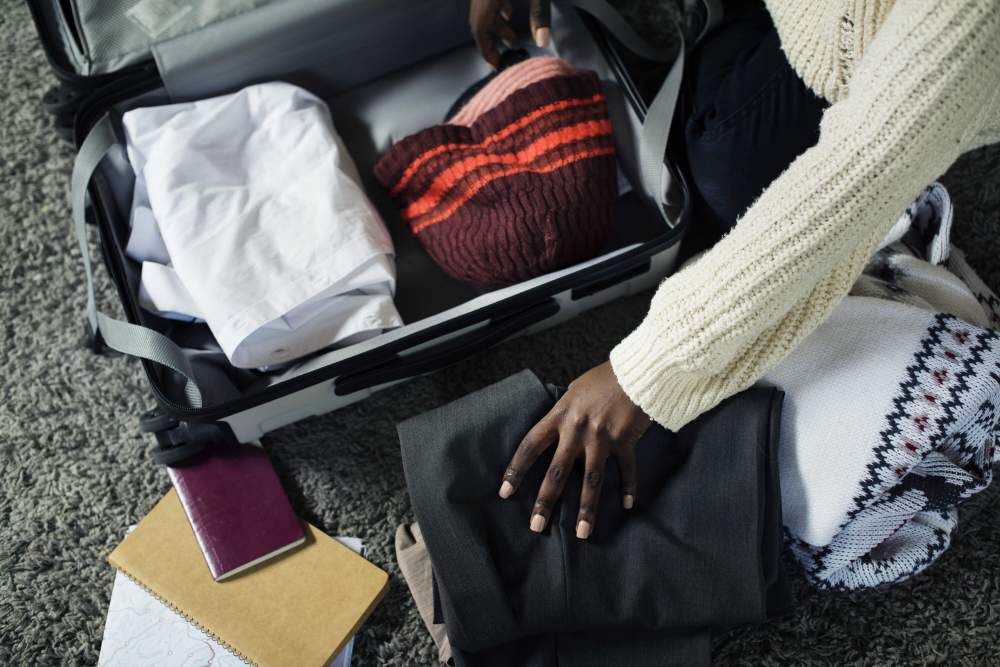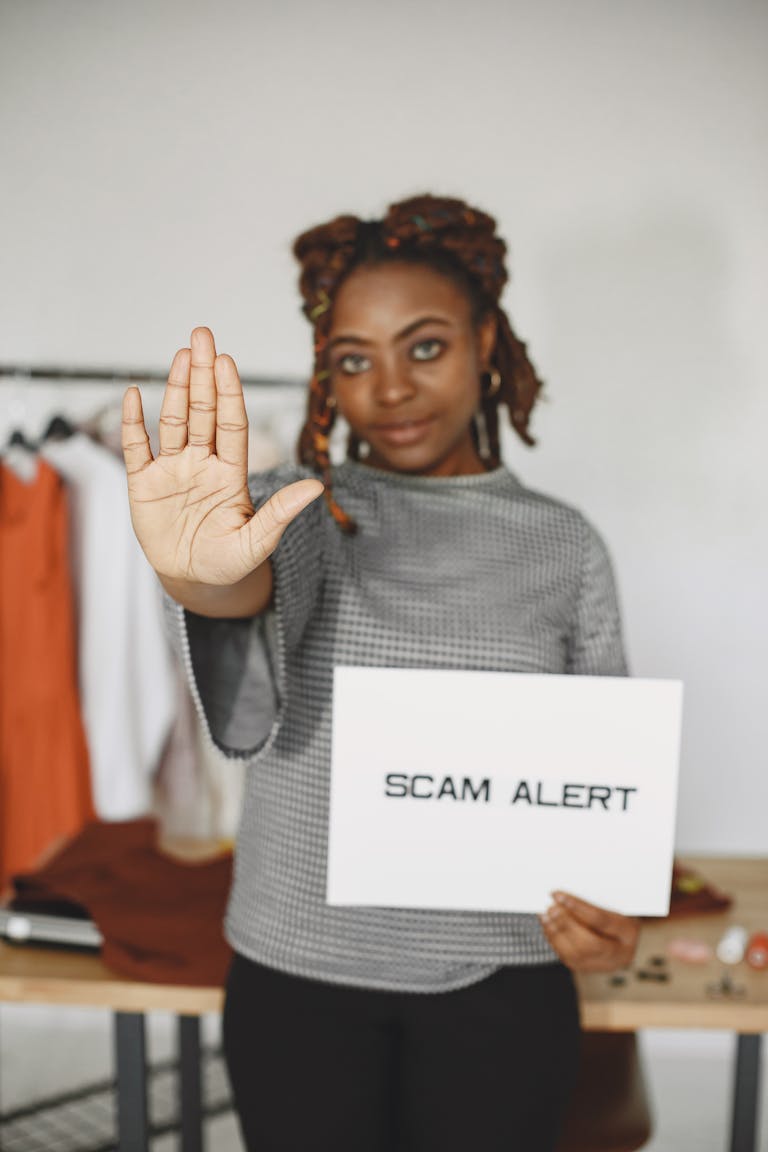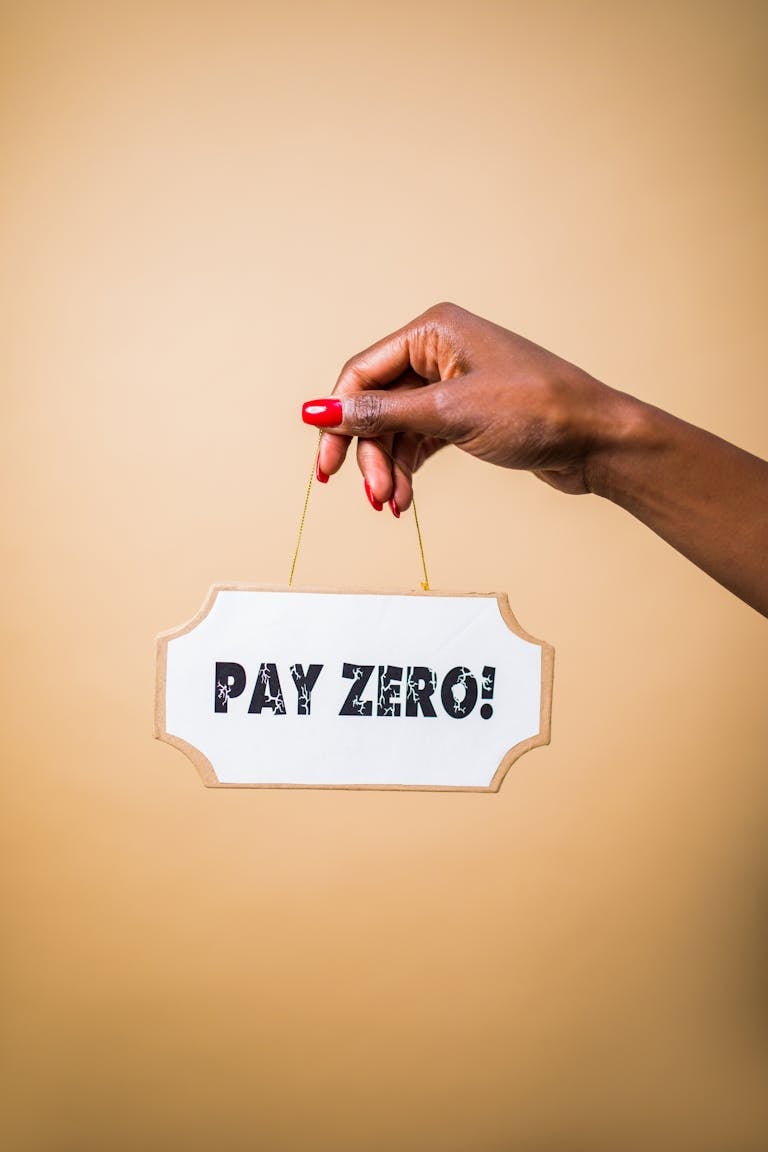10 best tips for a first-time flyer
Flying on an airplane for the first time often comes with a mixed feeling for most. The eagerness, excitement rush, accompanied by a little nervousness. Some even get anxious or find it demanding and stressful considering the processes in planning, onboarding, and overall success of the trip.
In this article are exclusive tips to enrich your flight experience as a first-time flyer:
Editor’s Note: Traveling changes you. Here are 9 Things To Love About Travel
1. Learn The Airport Procedures
The first step that any first-time flyer should take is to learn the airport procedures before taking their flight.
Which includes;
- Flight check-in
- Handing over luggages going into the aircraft hold (if you are travelling with luggage)
- Passing through the airport security gates to the departures hall
- Finding your boarding gate
- Boarding the plane to your destination
- picking up the bags that you checked in on arrival
COVID update: Since COVID-19, it is now mandatory for individuals to wear their face-mask within the airport and all through the duration of their flight. Moreso, some of the airport procedures have been slightly improved. For instance, on some airlines or flights to certain countries, before check-in, you may be required to provide special documentation to board the flight. This includes a negative COVID test, a health declaration, or a passenger locator form. Before your flight, it is advised to check the rules of the airline you chose, as well as the travel restrictions of the country you’re flying to.
2. Get Your Boarding Pass
To save you time and dodge the check in queues at the airport, you can easily check in online. Checking in online grants an alternative way of getting your boarding pass, at the same time helps you bypass the strenuous physical process. (This is specifically for airlines that allows online check in)
3. Consider Pre-selecting A Seat
Pre-selecting a seat ensures that you get the exact seat you want on the aircraft.
If you’re someone who might need to use the toilet more frequently or likes to freely move around, choose a seat next to the aisle. If you’d rather sleep or prefer not to be disturbed and also like to grab beautiful pictures of the “sky moments”, consider the window side. And if you’re the type who will easily make friends or wouldn’t mind interacting with other seatmates, you can take a middle seat.
For any reason, pre-selecting a seat is a great way to guarantee that you get whatever seat you want and also get to sit next to whoever you’re traveling with. (This can only be hindered by cases of unavailability).
4. Learn The Different Types Of Baggage And The Rules
If you have not flown before, you should take time to know the baggage types, weight, and the items that would be allowed in various baggage. The baggage types are broken down into three classes. Which are; Checked or hold baggage, carry-on or hand baggage, and personal items. What’s the difference? Here are the differences;
Checked Baggage
Checked baggage/ hold baggage is a piece of luggage that is to be delivered by you, to be stored in the hold of the aircraft and it becomes inaccessible during the flight. The weight and size allowance for checked baggage is bigger than the allowance for carry-on baggage and personal items and there are generally fewer restrictions as to what you can store in the bag. Checked baggage is to be weighed and dropped off at the airline’s check-in desk at the airport.
Some airlines give complimentary checked baggage which would have been included in the flight ticket’s price. Meanwhile, others (usually low-cost airlines) will allow you to purchase checked baggage at the airport or before the flight, at a cheap price.
Carry-on Baggage
Carry-on baggage/ hand baggage is a piece of luggage that is allowed to be carried on-person into the cabin of the airplane. And it’s also to be kept in the overhead locker of your seat. The carry-on baggage size and weight allowance are usually less than the checked baggage allowance (half the size or more) but bigger than the personal item allowance. Carry-on baggage has to be taken through security and there are several items that can’t be allowed in your carry-on baggage to be taken with you on the plane. For example, liquids over 100ml and items that can be used as a bludgeon are prohibited from carry-on baggage. Carry-on baggage has no extra cost as it’s almost always included within the price of the ticket.
Personal Item
A personal item is a small item of baggage, such as a handbag, laptop, or small rucksack. Like carry-on baggage, a personal item is kept on-person during the flight and has the same security regulations in regards to what items can be put in the bag. The personal item allows you to hold just a few items in because its size and weight allowance is the smallest of the baggage types. However, not every airline allows you to carry a personal item. Instead, you’ll be asked to store the items in your carry-on bag.
3 Important Airline Luggage Tips
i) Weight your baggage at home to ensure it does not exceed the permitted allowance given by the airline to avoid excessive fees at the airport. This does not only save you loads of time, but it also gives you the luxury of time and the benefit to carefully select the items that matter the most when items reach the peak of the permitted weight allowed.
ii) Make your baggage identifiable to make it easy to spot it at the baggage claim: There are various ways of making your luggage identifiable. Which includes; strapping a coloured ribbon or belt around it, clipping a tag on it, or decorating it with stickers.
(Note that the weight and size allowance for each type of baggage differs from airline to airline. To find out this information, you’ll have to check with the airline that you’re flying on).
iii) In a case where you want to purchase any liquid from duty-free and you have a connecting flight, confirm if it will be allowed on the flight depending on their rules. As there are several rules applicable to different airlines and countries.
5. Pack Essentials In Your Carry-on
I know this may sound difficult to you, knowing that you’re only entitled to one carry-on and just a seat to yourself. Having a packing list of all of the things that will make you feel more comfortable while you’re in the air makes it easier. Some common things to bring are;
i) In-flight accessories: Like, a travel pillow, sleep mask, blanket, sweatshirt, ear-plugs, or whatever you need to stay comfortable.
ii) Your own entertainment: Create a music playlist on your phone, take a book to read, or bring a device to watch your favourite TV shows and films on. (As many airlines have disabled their own in-flight entertainment on flights as part of their COVID-19 safety measures).
iii) Local currency: An already exchanged currency to dodge ridiculous exchange rates from the currency exchange companies at the airport.
Tip: To avoid disappointment, it is suggested you download your music, TV shows or films on your electronic device before your flight. Since WIFI is still not very much available on many airlines and may not even have the capacity to stream. Although the list of airlines that offer it is rapidly growing.
6. Remember All Travel Documents And Passport
Amongst the travel documents required are; Passport, ID card, travel insurance, boarding pass, itinerary, COVID-19 travel documents. Although not all travel documents are essential while packing your essentials. But if you leave your passport, ID card, or a required visa behind, it is as good as missing a trip coupled with frightening duly portioned stress. Simply because you will be denied boarding or entry to the country that you’re travelling to, depending on when it got missing.
Also, make sure you have your flight PNR number ready to give to the check-in agent when checking in at the airport. And if you’re checking in online, make sure you have your boarding pass printed out or saved on your phone.
To escape the fond say of Nigerians, “hashtag #My village people finally got me!”So to say “I’m doomed” in the course of misfortune. Regularly check for your travel documents before and during your trip to ensure it is neither missing nor forgotten.
COVID update: As aforementioned, due to COVID, you may be required to provide special documentation for your flight. This can include a negative COVID test, a health declaration, a passenger locator form, or any other documentation.
7. Arrive At The Airport Early
Airports are unpredictable, you can not say for sure how long it will take you to go through the security and the entire airport procedures. It’s recommended you arrive at least two hours in advance for domestic flights and three hours for international flights.
By arriving at the airport early, it will give you extra time to check your luggage and documentation without rushing. Also, there will be no reason to have to run across the airport like in Home Alone! You’ll have time to fix anything that doesn’t go according to plan without missing your flight. Plus you will be able to spend some time looking around, do some shopping or get something to eat if it is your first time visiting an airport.
Tip: In the worst-case scenario, If you miss your flight because of unforeseen circumstances, such as traffic delays, the airline will certainly put you on the next flight at no extra charge. All you need to do is to notify the airline within a couple of hours of missing your flight to get rebooked.
If it looks like you’ll miss a connecting flight, confirm if the flight is delayed, or whether you’ve actually missed it. if you missed it and the airline is responsible, you will also get to rebook free of charge — and likely even get some free meal or hotel vouchers for the hassle.
Missing a flight can be a major setback, but it doesn’t have to derail your travel plans. Any of these cases can simply be fixed by being proactive.
COVID update: While it’s still important to arrive in plenty of time to not miss the check-in deadline, due to COVID-19, it’s not advisable to arrive for your flight too early and hang around the airport.
8. Wear Comfortable Clothes And Shoes
You sure want to sit pretty and travel in an elegant style. But you will definitely not like to spend long hours sitting in an uncomfortable situation, so wear clothes and shoes you are comfortable in. Generally, unless you have TSA PreCheck or Global Entry, or you’re under or 12 years old or 75years old and above you have to: Remove your shoes, wallet, bulky jewelry, empty the contents of your pocket and other items on you, and your carry-on bag to pass them through an X-Ray machine. You’ll also have to walk through a metal detector or a body scanner (or you could opt for a pat-down instead).
Going through airport security is majorly the most stressful part of flying — but knowing what to expect and preparing for it, can make the whole process feel much less tasking and faster.
9. Practice Self-Care
The thought of your forthcoming flight can come with little or lots of excitement, same as with anxiety. Or it could come with a combination of both. Even if you feel super confident, it’s good to guard against anxiety triggers before your flight. Establishing a self-care routine will help you keep your energy levels high, your mental state clear, and your body ready for adventure. The ways which you can practice self-care includes;
- Exercise and practice deep Breathe
- See your doctor if you are anxious
- Only drink water before your flight
- Bring your own food.
- Prepare for motion sickness
i) Exercise And Practice Deep Breathe
Oftentimes flights can be scary, exercise helps in releasing endorphins and naturally lowers cortisol levels (your stress hormone). So, exercise is a good way to relax ahead of time. Plus, an intense workout will make you feel more tired the next day, possibly allowing you to sleep better on the plane.
The best pre-flight exercises include squats, reverse lunges, planks, and push-ups.
Also taking some deep breaths while picturing yourself at your destination, will help you feel calmer.
These moves will certainly help prep your body for your flight and also the trip ahead of you.
ii) See Your Doctor If You Are Anxious
It is normal to feel nervous about flying but if it persists or becomes overwhelming. And before it results in a panic attack, consult your doctor before your flight. Your doctor will be able to give you advice and maybe prescribe you medication to help you cope with anxiety.
Related: 7 Effective Ways to Overcome Pre-travel Anxiety
iii) Only Drink Water Before Your Flight
Drinking only water means no alcoholic beverages or even sugary drinks like soda. Also Coffee is a no-no. Also means, even if you’re taking an international flight where these drinks are usually free — don’t be tempted! While you might assume they’ll help you calm down, these kinds of drinks might make you even more hyper and jittery before your flight. The best thing to do is stick to water so you stay hydrated. As a first-time flier, the high altitude and low cabin humidity that causes the air to be quite dry might lead to dehydration, headaches, and dizziness for you since you’re not used to it. The best way to combat this is by drinking lots of water and staying hydrated. Also, you might want to moderately stay hydrated if you don’t want to frequently visit the toilet.
iii) Bring your own food
As a first-time flyer, it’s strongly suggested you carry along some backup food especially if you have a special meal type you love, so you don’t go hungry during the whole flight in case the airplane food isn’t your thing. Truthfully, some people get on well with airline food while others don’t. Though you can’t be so sure until you’ve tried it. But to be on the safer side, bring your own food.
COVID update: Many airlines have stopped serving food and drink during the flight to limit contact, as part of their COVID-19 safety measures.
iv) Prepare for motion sickness
Motion sickness is a real problem for many people. The most common symptoms of this condition are nausea, queasy or clammy feeling in the stomach, and dizziness. This condition is caused by the movements and oscillations of the plane whilst it is in the air.
Just in case you may have motion sickness, you can pack some travel motion sickness wristbands in your essentials before your trip. These cloth bands are usually available in the local drugstore. They are safe, reusable, and work by applying pressure to an acupressure point on each wrist. If you need something a bit stronger, you can refer to a doctor.
10. Pay Attention To The Safety Instructions Before Takeoff
Once you get on the flight, the cabin crew will take you through some procedures that you need to know. This includes some of the cabin rules, how to fasten your seatbelt as well as some information on what to do in case of an emergency. You can also take some time to review the safety brochures given to you, this will help you prepare and set your mind at ease in case something were to happen. You don’t have to panic over the security procedures. It is a standard procedure that every airline undertakes for every flight and it is in place mainly to reassure your safety!
Wrap up
Flying for the first time can be nerve-wracking, but these tips are resourced to mainly help you have a comfortable and best flight experience as you embark on your journey!
Interested in making your travel and migration plan stress-free? get optimum value for a budget trip? We can make it less cumbersome and achievable. Our visa and travel consultants are on hand to put you through and help you get all essentials ready in caring for your travel plans. Visit Urban Nomads to speak with a consultant through one of the three membership plans.







